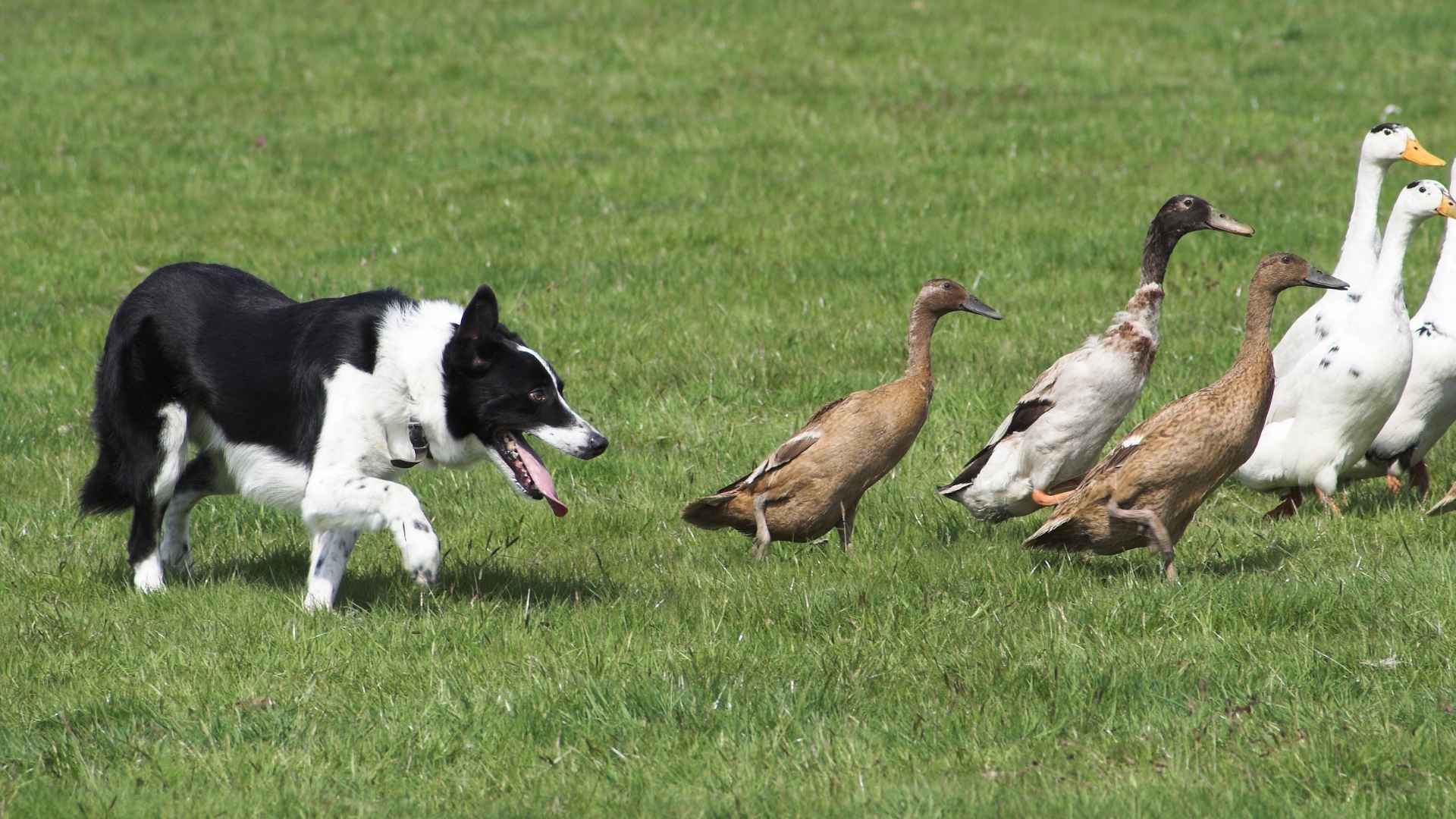Few canine groups can rival the intelligence, stamina, and determination of herding dogs. These breeds were built for challenges that test both their minds and bodies.
Where other dogs may stumble, herding breeds thrive under pressure, reading movements with uncanny accuracy and responding to commands as if wired for the task. Their instincts are so sharp that even without training, many display herding behaviors naturally.
It is this remarkable combination of talent and temperament that makes them the backbone of herding clubs. Such settings allow them to channel their energy into structured activities that highlight their true capabilities.
In this article, we’ll focus on the best dog breeds for herding clubs, identifying the ones that consistently shine in trials, competitions, and real-world applications.
Best Dog Breeds For Herding Clubs
1. German Shepherd
German Shepherds are prized in herding clubs for their strong instincts and ability to manage livestock with precision. Their focus and stamina allow them to work long hours without distraction. These traits make them highly respected members among herding breeds worldwide.
Trainability and Skills
The breed responds exceptionally well to structured guidance and thrives on mental challenges. Their obedience makes them favorites in advanced training programs, from agility to search-and-rescue. Key strengths include:
Quick learning of complex commands
Natural protective awareness
Adaptability across diverse environments
Role in Family Settings
While bred for demanding work, these dogs have also become beloved family dogs across the globe. Their loyalty and protective nature make them dependable companions at home. They balance alertness with affection, creating trust across different generations.
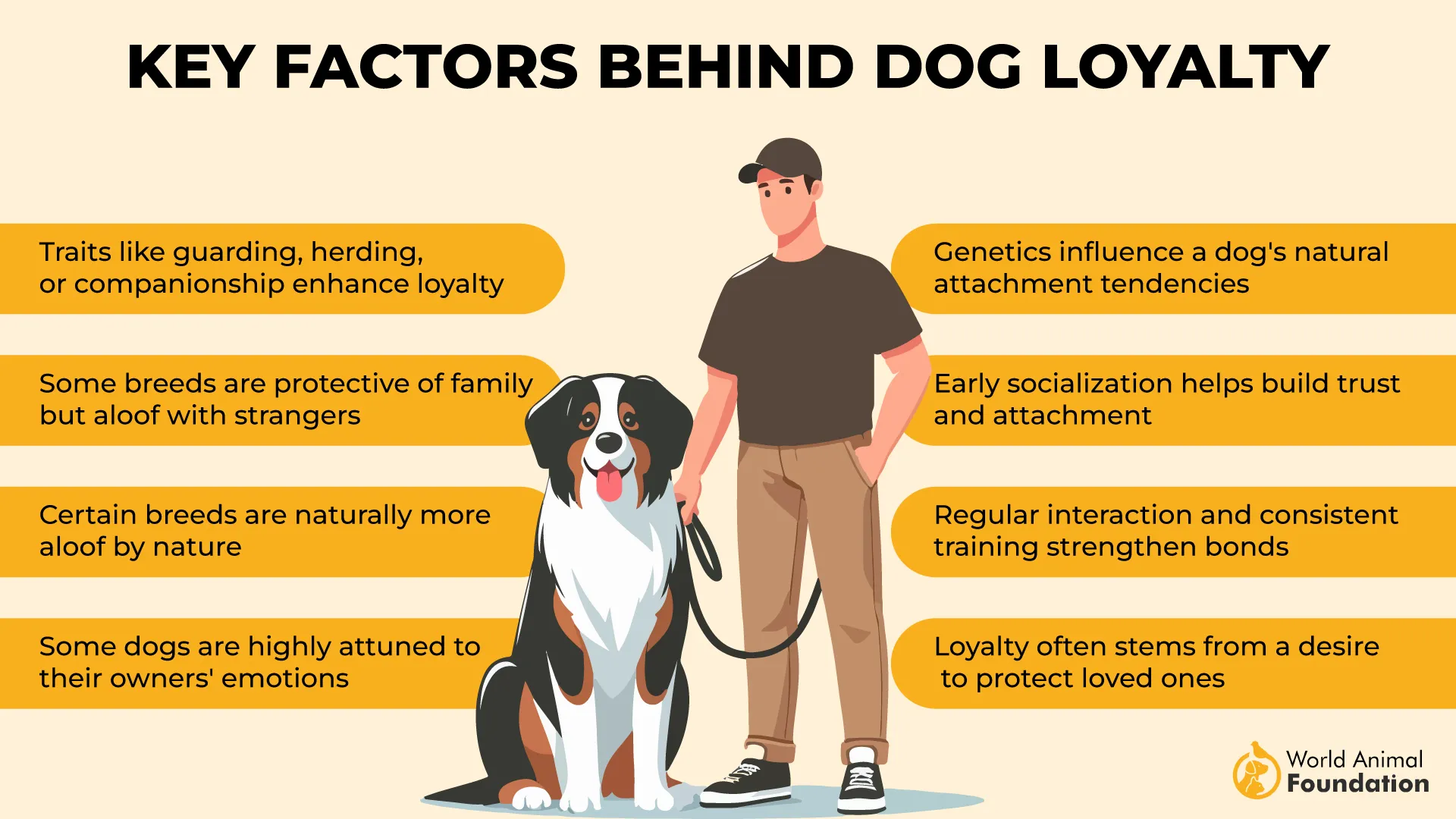
Socialization and Adaptability
A German Shepherd’s temperament is strongly shaped by early training and consistent socialization. Without it, their territorial instincts can become overwhelming in household or group settings. With proper upbringing, they adapt to varied roles with confidence and reliability.
2. Briard
Did You Know: The Briard is also called the Chien Berger de Brie, named after the French region famous for producing Brie cheese.
The Briard stands out among herding dog breeds for its combination of rugged build and fluid movement. The American Kennel Club describes its gait as “quicksilver,” allowing sharp turns and quick stops in the field, as PetMD highlighted. These traits make it especially adept at managing large flocks with precision.
Historical Significance
This breed carries a long legacy, with depictions appearing in 8th-century tapestries alongside Charlemagne. Napoleon Bonaparte was also known to keep Briards, while Thomas Jefferson brought one to America after serving in France. Such ties highlight its deep cultural and agricultural importance.
Dual Role in Farm Work
Bred to both guard and herd sheep, the Briard excels in multitasking. Farmers valued its versatility for protecting stock while driving them across open terrain. This blend of instincts makes them reliable working dogs that balance vigilance with control.
Adaptability Beyond the Fields
Modern Briards transition well into different roles when properly socialized. They are often appreciated as steady family pets thanks to their loyalty and gentle side at home. Their intelligence allows them to adjust from rural pastures to club activities and structured competitions.
3. Shetland Sheepdog
Shetland Sheepdogs are known for quick reflexes and sharp awareness, qualities that make them stand out in herding clubs. Their herding instincts remain strong even today, often seen in how they naturally circle and guide both livestock and people. These skills translate well into organized herding trials.
Intelligence and Trainability
Shelties respond quickly to direction and thrive when given structured tasks. With proper training, they can master advanced cues that help refine movement during group work. Their eagerness to learn also makes them strong competitors in obedience and agility events.
Agility and Athleticism
These dogs bring an energetic and nimble presence to herding activities, excelling in both speed and precision. Many handlers value their versatility in sports like:
Agility courses
Herding competitions
Flying disc events
This physical adaptability keeps them sharp for more formal herding exercises.
Temperament in Club Settings
Shetland Sheepdogs balance work with a friendly, affectionate personality, making them easy companions outside the field, as per the AKC. They are also naturally protective of their families, which adds another layer of attentiveness when working in open spaces.
4. Icelandic Sheepdog
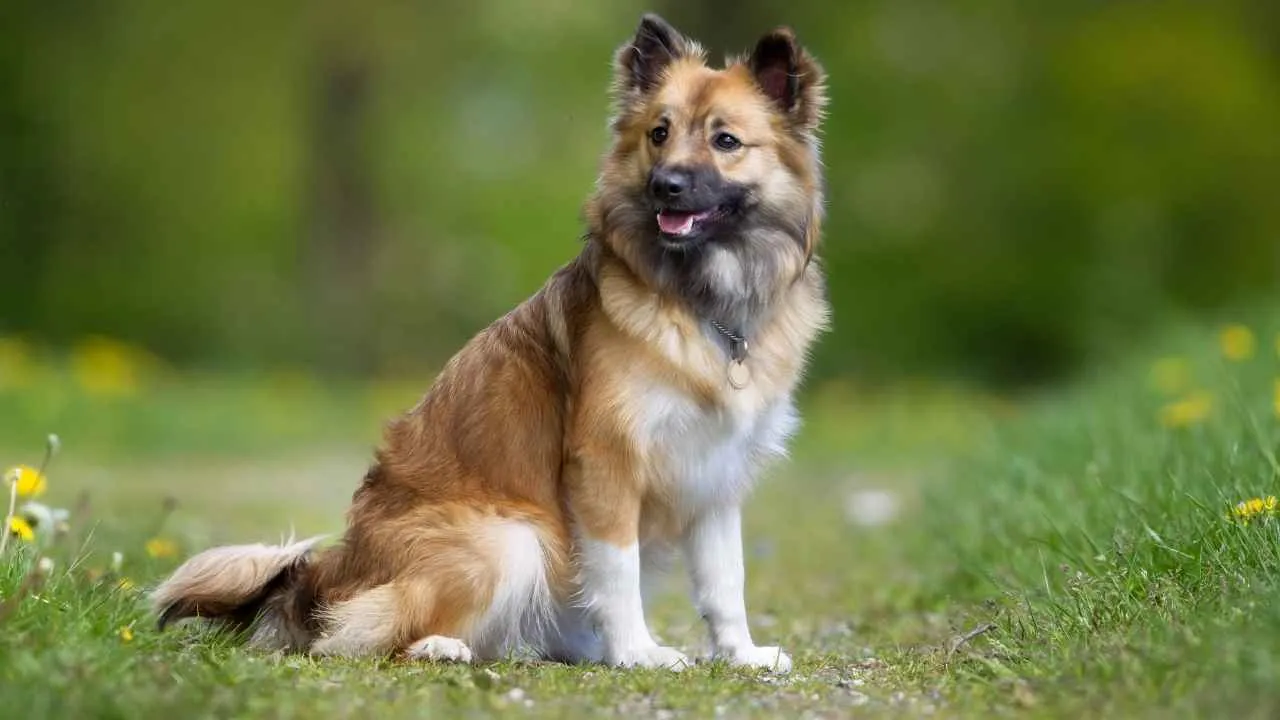
Icelandic Sheepdogs were bred to work alongside farmers, guiding sheep across rugged terrain and keeping flocks together. Their agility allows them to change direction quickly, making them well-suited for competitive herding clubs.
Family Bond and Energy
This breed thrives in active households where exercise is part of the daily routine. They need regular outlets such as running, hiking, or structured herding exercises to stay balanced. Their affection and loyalty also extend to family members, which helps them transition easily from pasture work to home life.
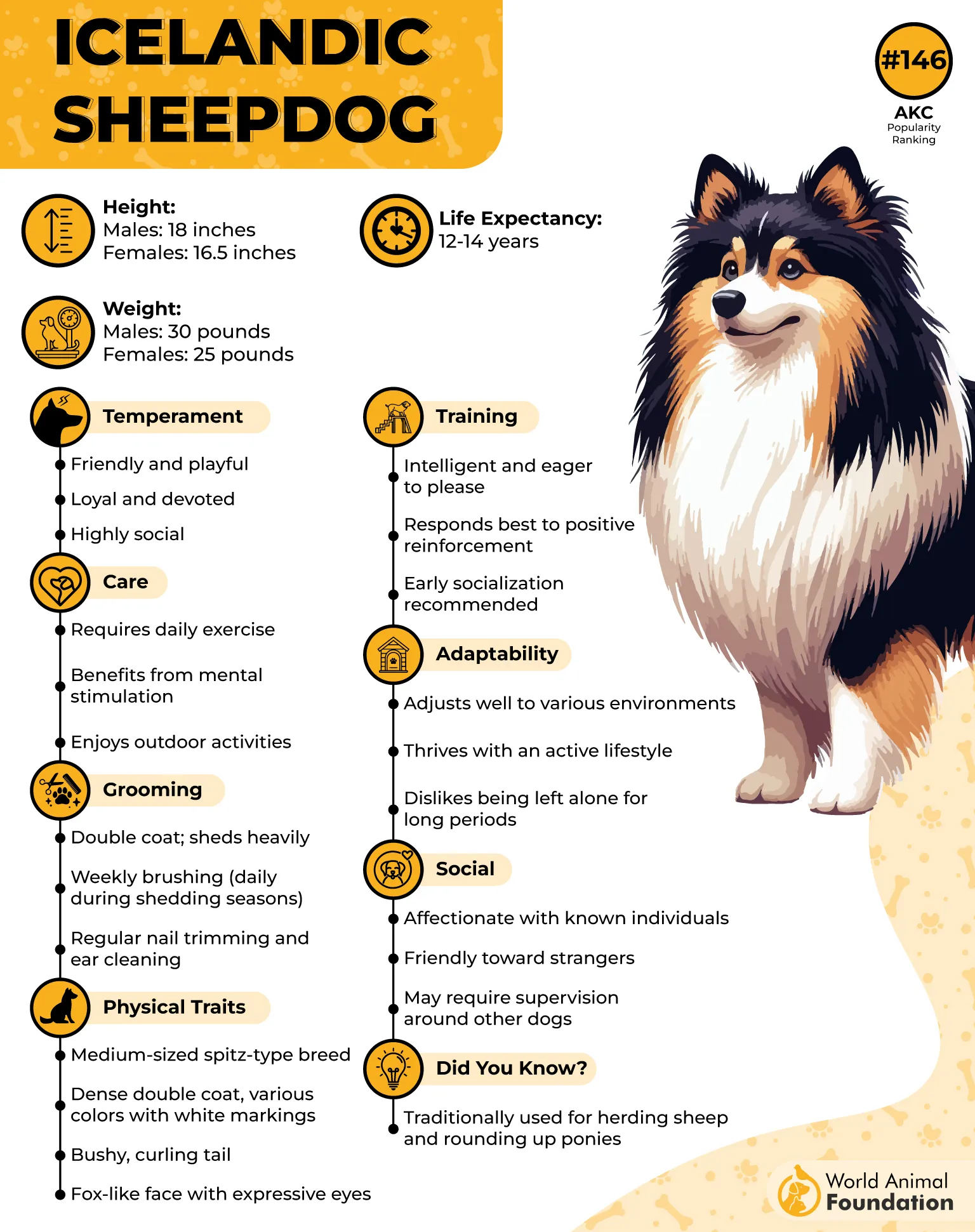
Quick Learners in Clubs
With strong intelligence and a natural eagerness to please, Icelandic Sheepdogs learn commands at a fast pace. Training is most effective when started at around eight weeks, ensuring early exposure to social environments. Their adaptability makes them excellent participants in organized herding groups.
Coat and Care Needs
The thick double coat of this breed requires regular upkeep to stay healthy. Weekly brushing helps prevent matting and keeps excess fur under control. Beyond physical exercise, they also need mental stimulation to remain engaged and avoid restlessness in household settings.
5. Old English Sheepdog
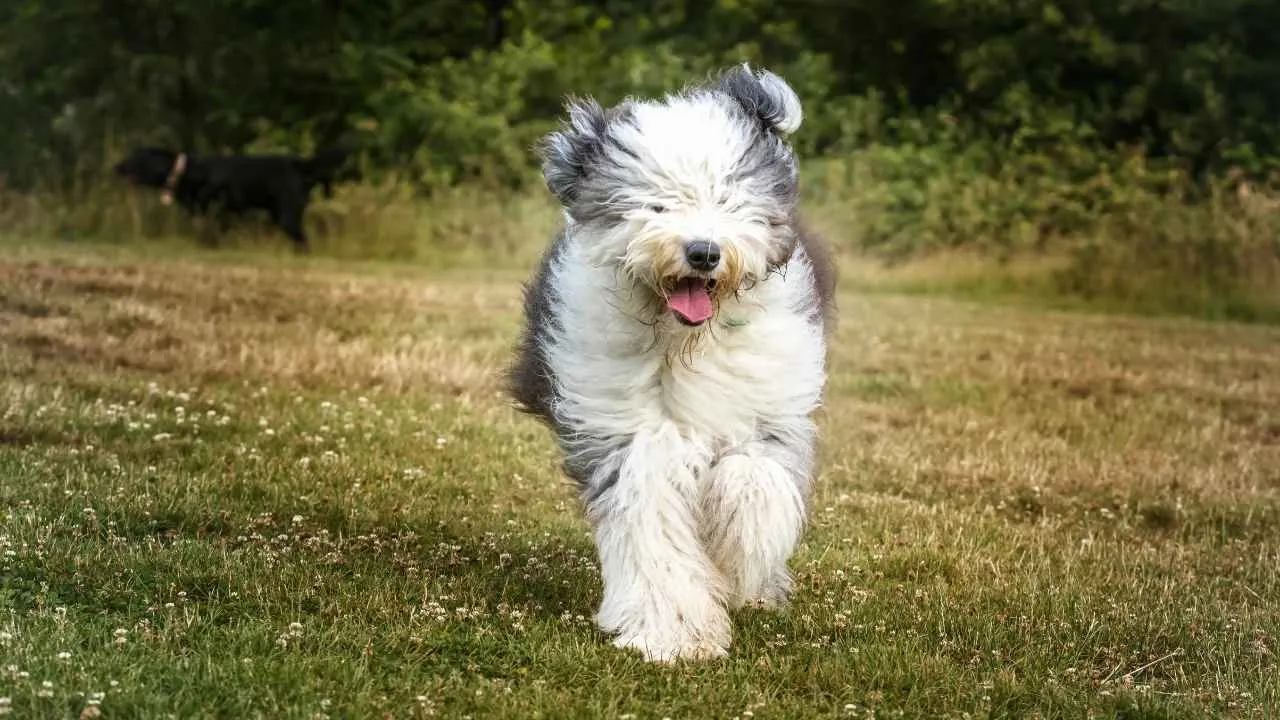
Old English Sheepdogs became known as steady farm helpers in rural England, working sheep with patience rather than force. Their calm movements and easygoing style made them reliable around flocks and trusted by farmers who valued predictability in herding dogs.
Practical and Farm-Ready
These dogs are happiest in wide, open spaces where they can move freely and interact with livestock. Their build and temperament made them practical additions to farm life, where their usefulness extended beyond herding to companionship with both animals and people.
Family Connection
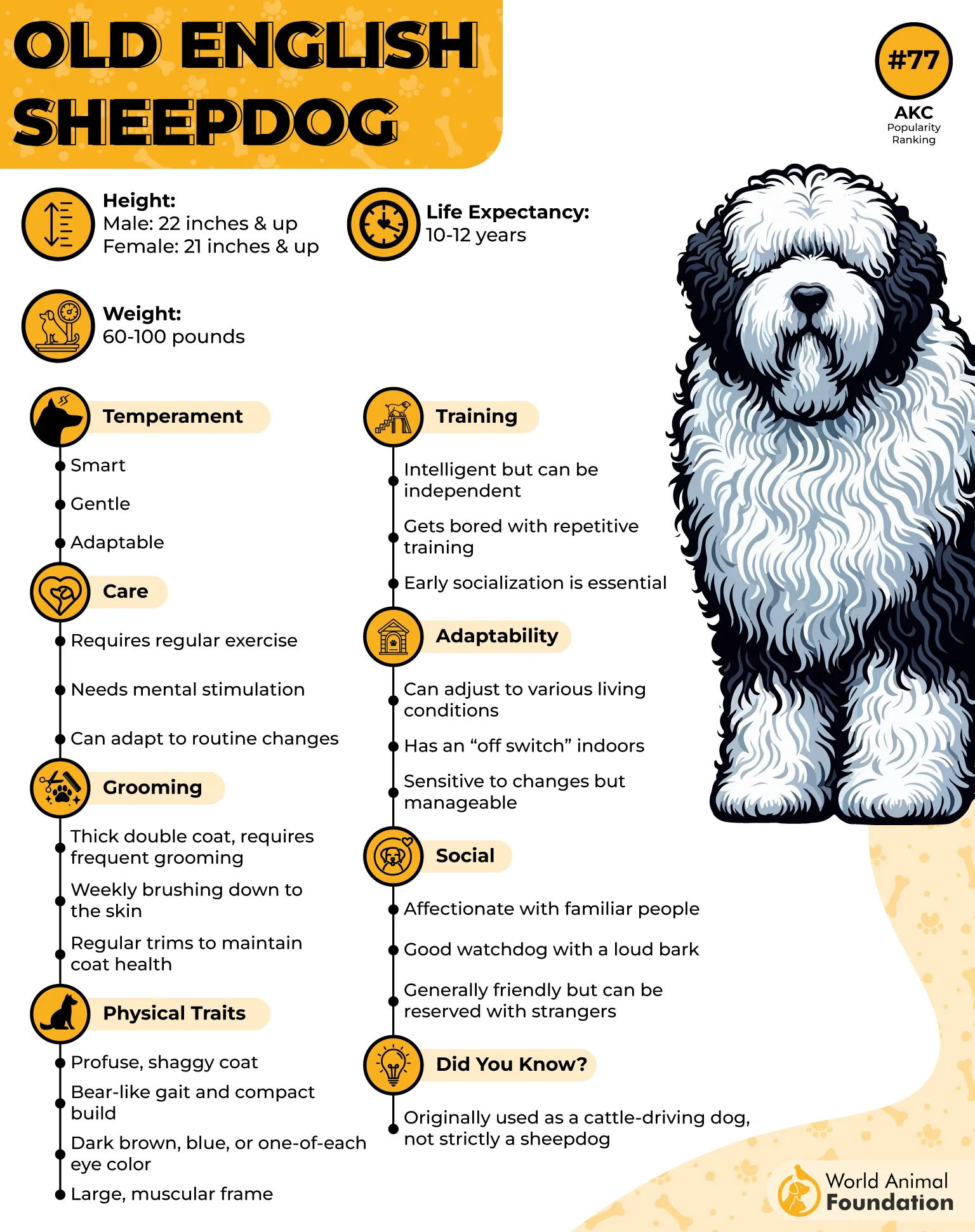
Even though their roots are in herding, they remain very affectionate with family members. Large in size but gentle in temperament, they adapt well to home life while maintaining the instincts that suit herding clubs. They are also known for being quiet compared to many working dogs.
Care and Grooming Needs
A signature trait of the Old English Sheepdog is the heavy coat that often covers their eyes, as Orvis highlighted. For healthy working ability, handlers need to trim or tie back the hair to maintain vision. Key points for herding clubs include:
Regular coat maintenance to prevent vision issues
Adequate exercise to balance their laid-back personality
Early socialization for smooth interaction in groups
6. Australian Cattle Dog
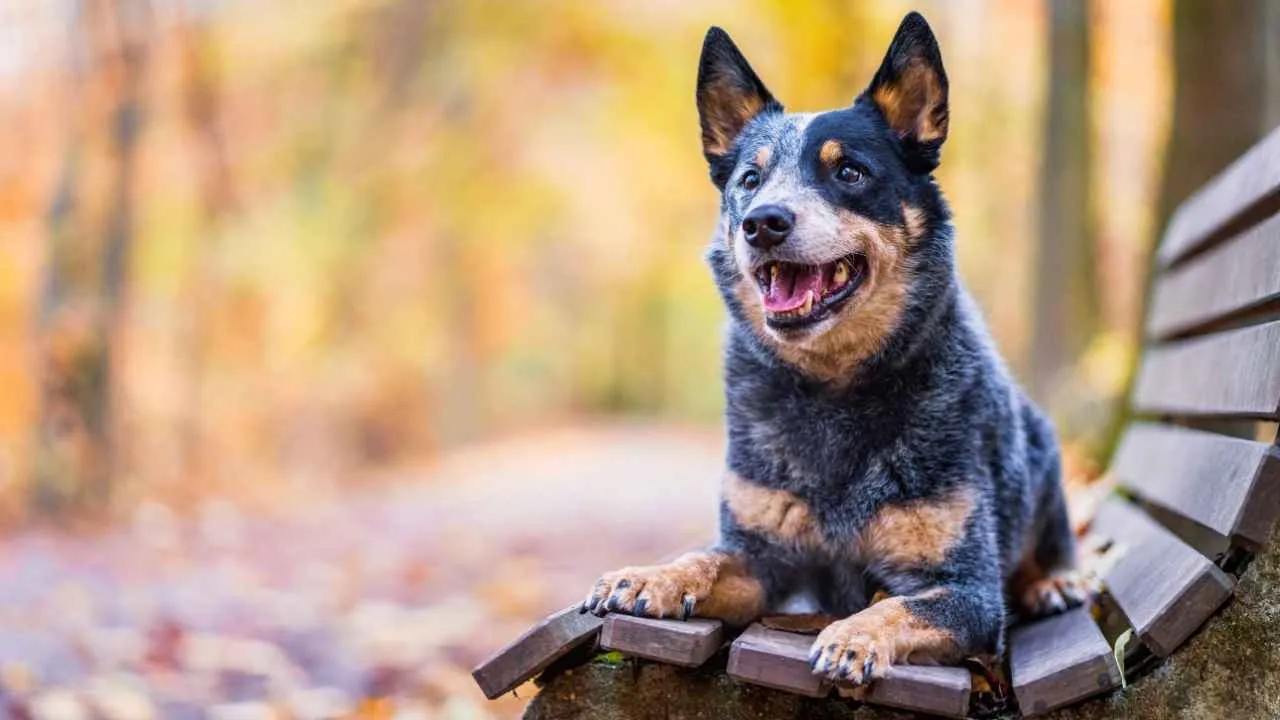
This is a compact, muscular worker who doesn’t wear out easily. Whether moving livestock across fields or covering rugged ground, it stays steady and quick. Its stamina is unmatched when it has a task to focus on every day.
Outback Origins
Descended from Australia’s wild dingoes, these dogs were bred to handle rough conditions while driving cattle across vast distances. Known as “heelers,” they earned their name from nipping at the feet of livestock to keep them moving in the right direction.
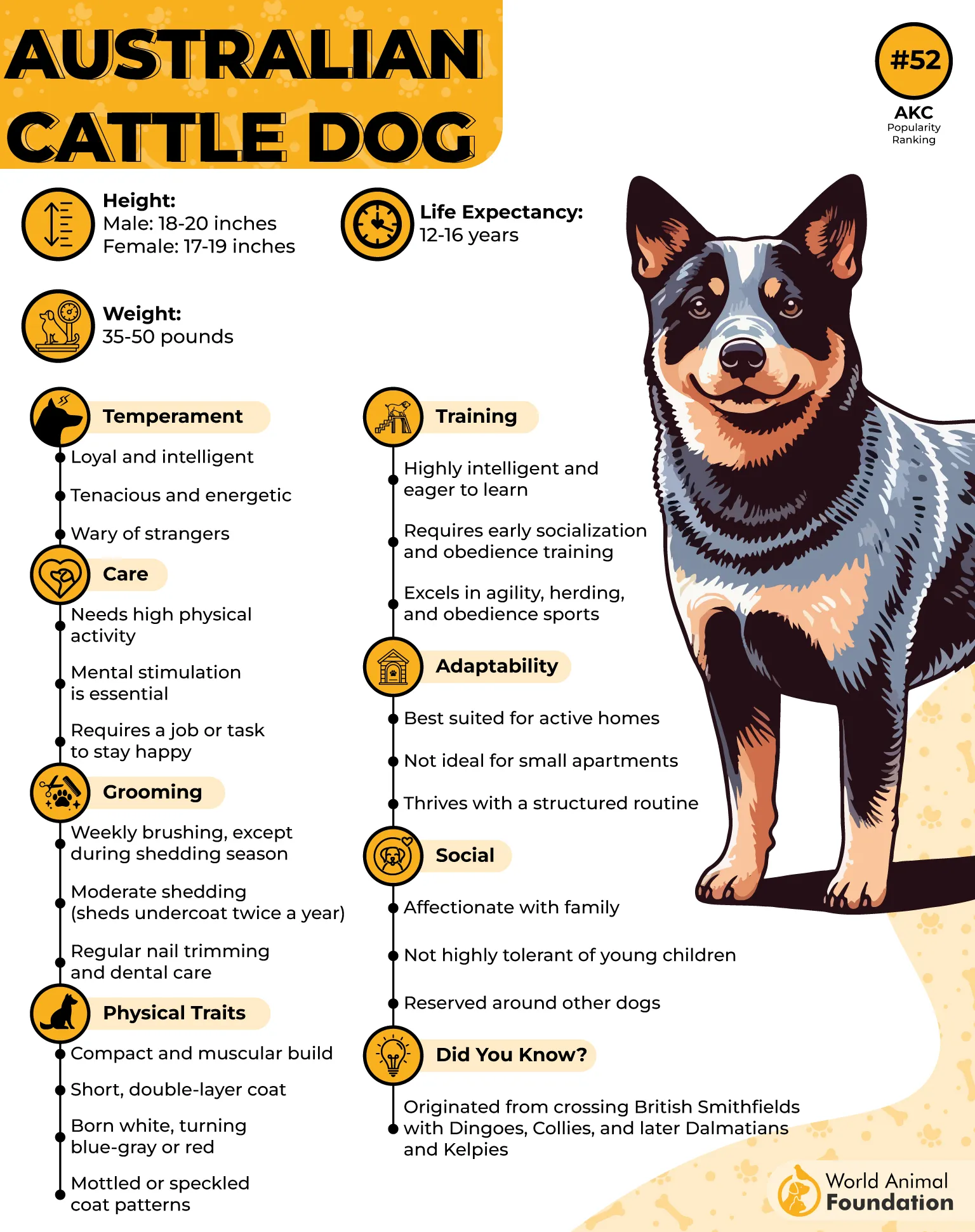
Herding Club Strengths
They bring reliability and grit to herding groups, thriving when given jobs that test their alertness and agility. In club activities, they excel at precision work because of their sharp instincts. Key qualities include:
Tenacious herding style
Strong problem-solving drive
Natural focus on livestock movement
Environment Matters
These dogs struggle in confined spaces and don’t blend well with multiple pets. But in wide open country, with herding work to keep them occupied, they flourish. A club setting gives them both structure and the stimulation they crave.
7. Bearded Collie
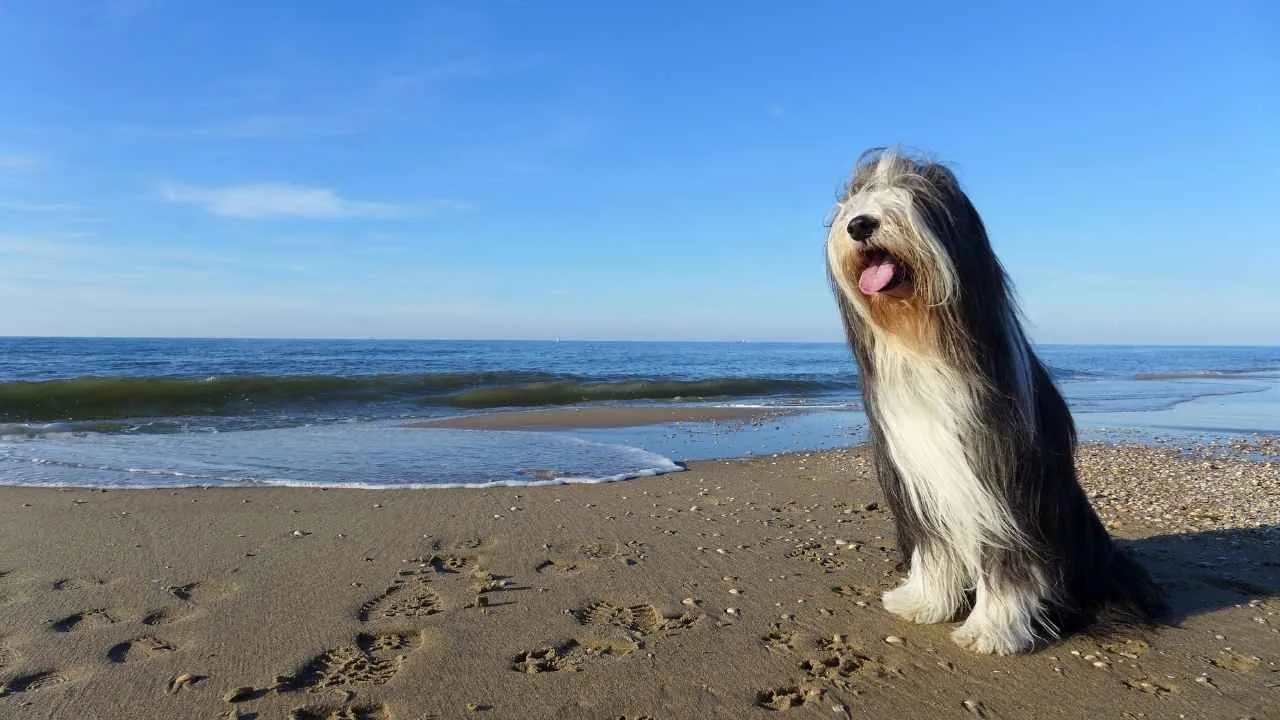
The Bearded Collie, often called the Beardie, has an animated personality that keeps herding work from ever becoming monotonous. Their temperament is described as active, bouncy, and affectionate, qualities that fit well in herding clubs where energy is an asset.
Herding Capabilities
This breed developed as a reliable worker in Scotland, where it was prized for gathering flocks across rough terrain. Its quick footwork and strong instincts still shine today in structured herding events. Many handlers appreciate how responsive Beardies are to direction once they bond with their trainer.

Family Compatibility
For owners considering the Beardie beyond the field, meeting its daily needs is essential. These include:
Vigorous exercise to balance high energy
Mental challenges, such as herding trials or agility work
Dedicated grooming to maintain its long coat
When given these outlets, the Beardie thrives in both club and family life.
Social Engagement
Their outgoing nature helps them adapt to group activities, making them stand out in herding clubs where interaction with people and dogs is constant. They often approach challenges with visible excitement, turning training sessions into opportunities for teamwork.
8. Beauceron
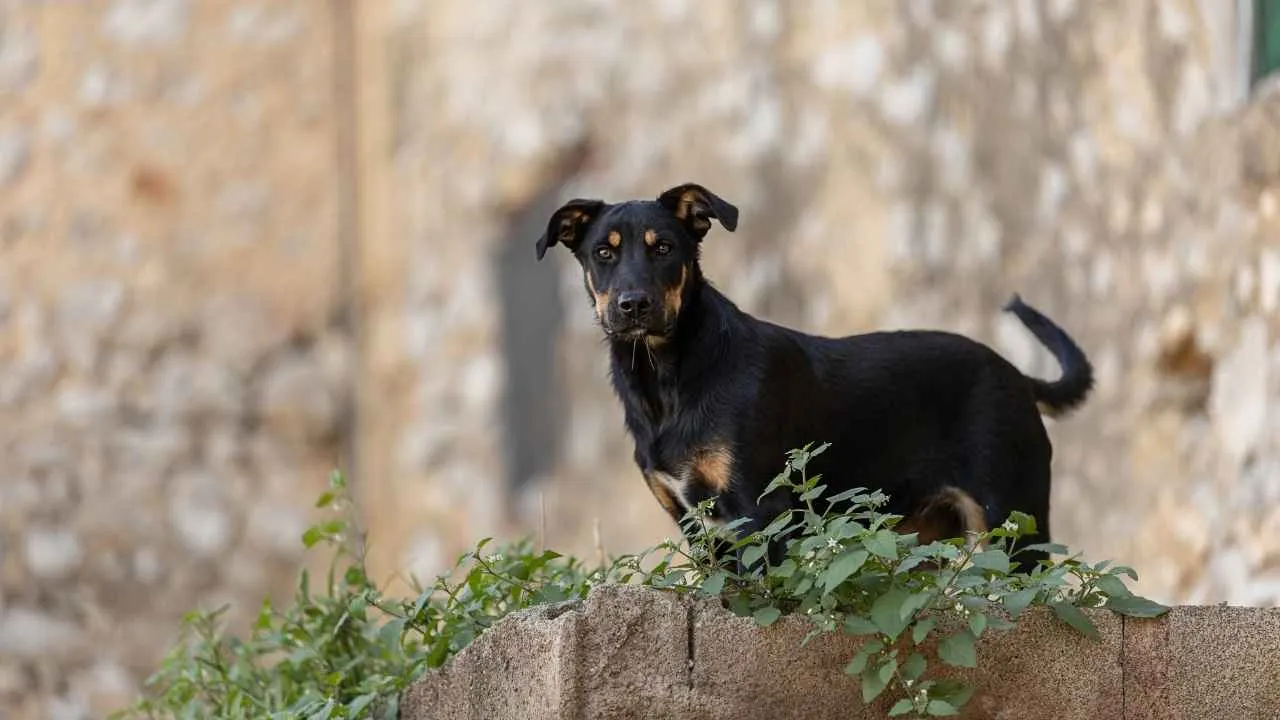
Did You Know: The Beauceron is often nicknamed “Bas Rouge” (Red Stockings) because of the distinct red markings on its legs.
The Beauceron carries an impressive presence with its tall, muscular frame and keen awareness. Initially bred for managing livestock, it still shows sharp instincts that make it reliable in herding environments today. Its alert expression signals readiness to respond quickly to direction.
Adaptability in Roles
Though valued for herding, this breed’s intelligence also positioned it in police and military duties after industrialization reduced the need for field work. Their confidence and ability to take on challenging tasks make them respected among trainers and handlers worldwide.
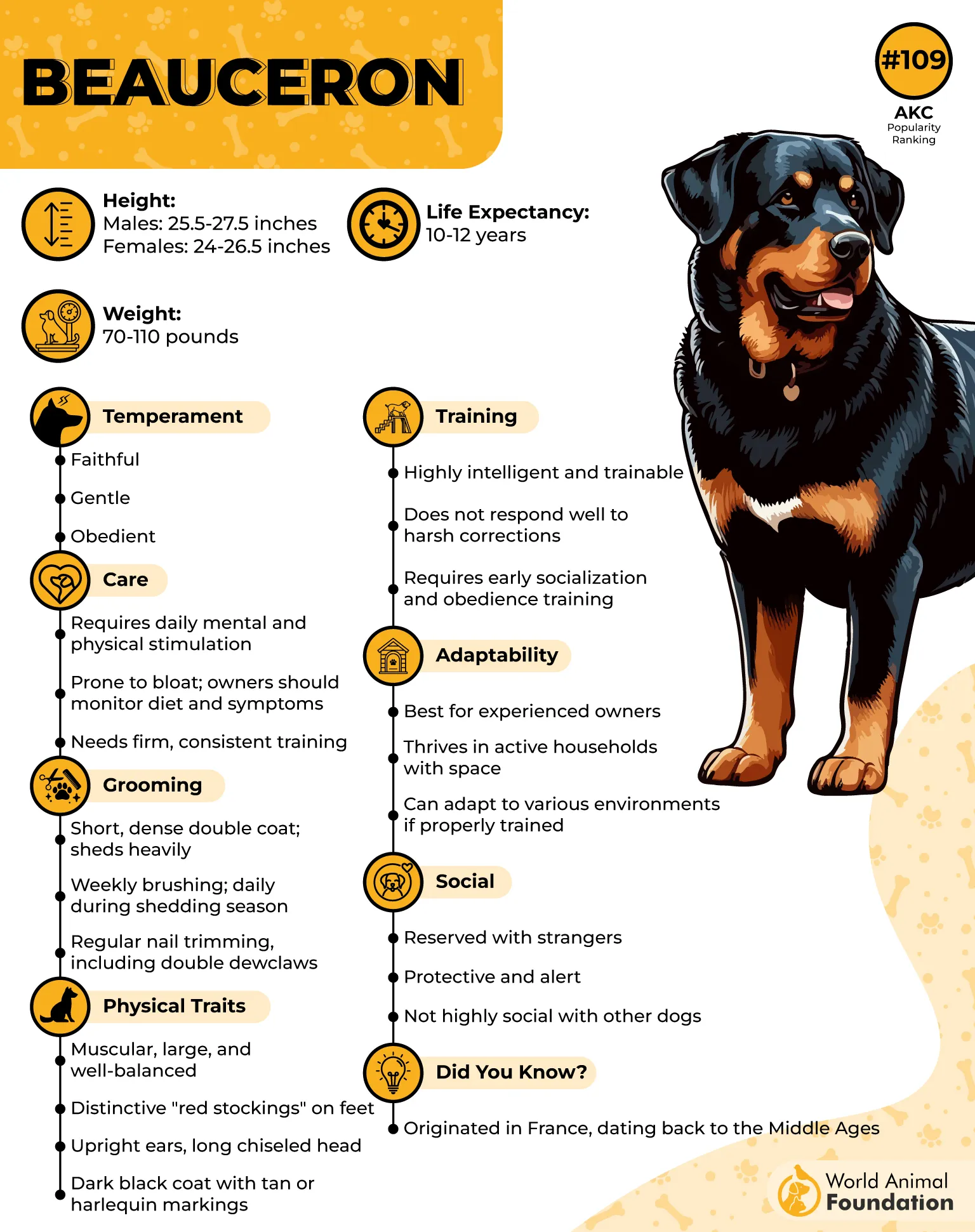
Family and Club Setting
The Beauceron’s calm and steady temperament makes it different from overly excitable herding dogs. Families with older children often appreciate their composed energy levels. In club settings, their trainability shines when exposed to structured routines and mental stimulation.
Traits That Stand Out
Strong protective instincts without being unnecessarily reactive
Natural athleticism suited for herding trials and agility competitions
Requires consistent socialization to prevent over-guarding tendencies
9. Bouvier des Flandres
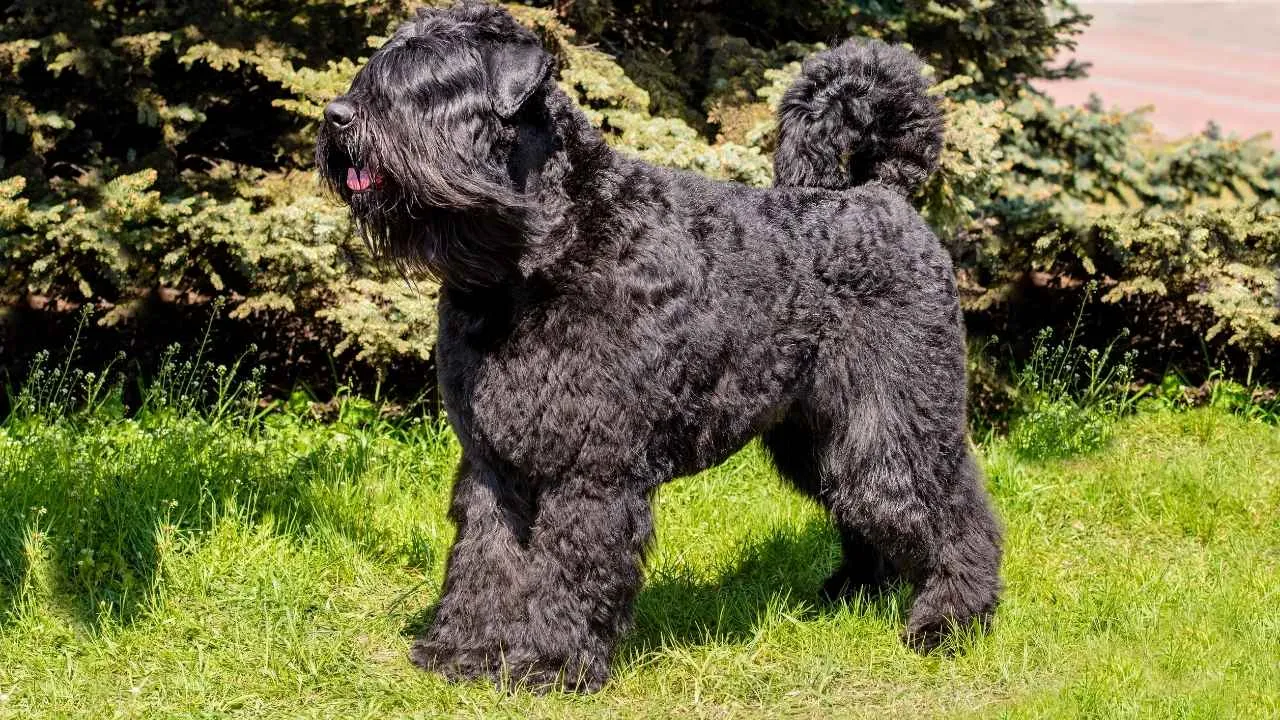
The Bouvier des Flandres was developed as a versatile farm dog, moving cattle, pulling carts, and guarding property when needed, as stated in Citizen Shipper. Its strength and stamina allow it to manage demanding workloads, qualities that remain valuable in modern herding clubs.
Intelligent but Strong-Willed
Training must start early, as Bouviers are quick learners yet independent thinkers. Without consistent direction, they may attempt to control situations on their own. This natural assertiveness makes structured guidance essential when preparing them for organized herding tasks.
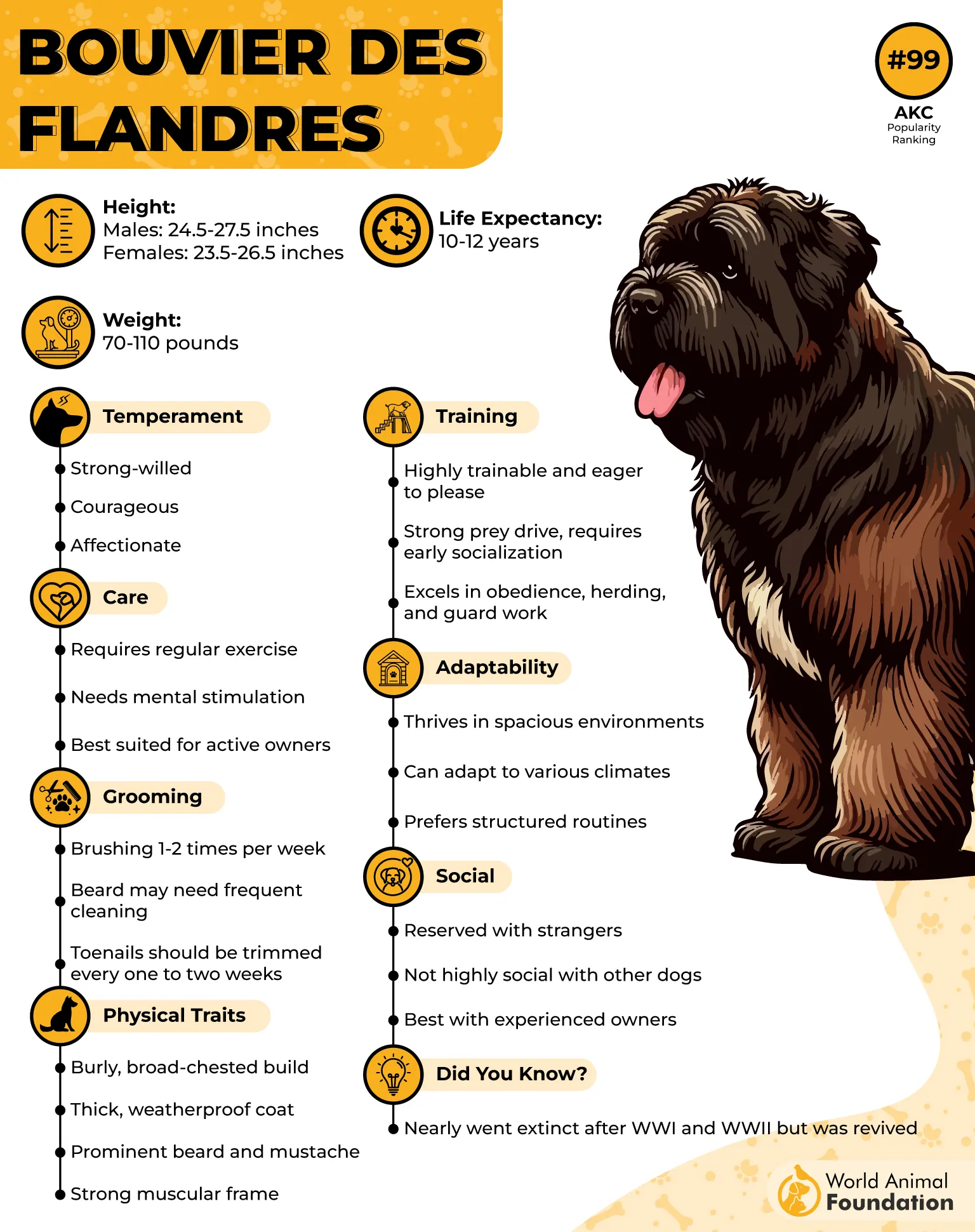
Exercise and Stimulation
Bouviers require a balance of physical and mental outlets to thrive. A typical day should include at least two hours of activity to prevent restlessness. Their participation in herding clubs benefits from activities such as:
Cattle trials and precision herding drills
Obedience routines with variable commands
Endurance-based field exercises
Family Compatibility
Though imposing in size, Bouviers are affectionate and patient with children, making them excellent companions in active homes. Their loyalty extends to every member of the household, creating a reliable guardian while still maintaining their working drive.
10. Belgian Malinois
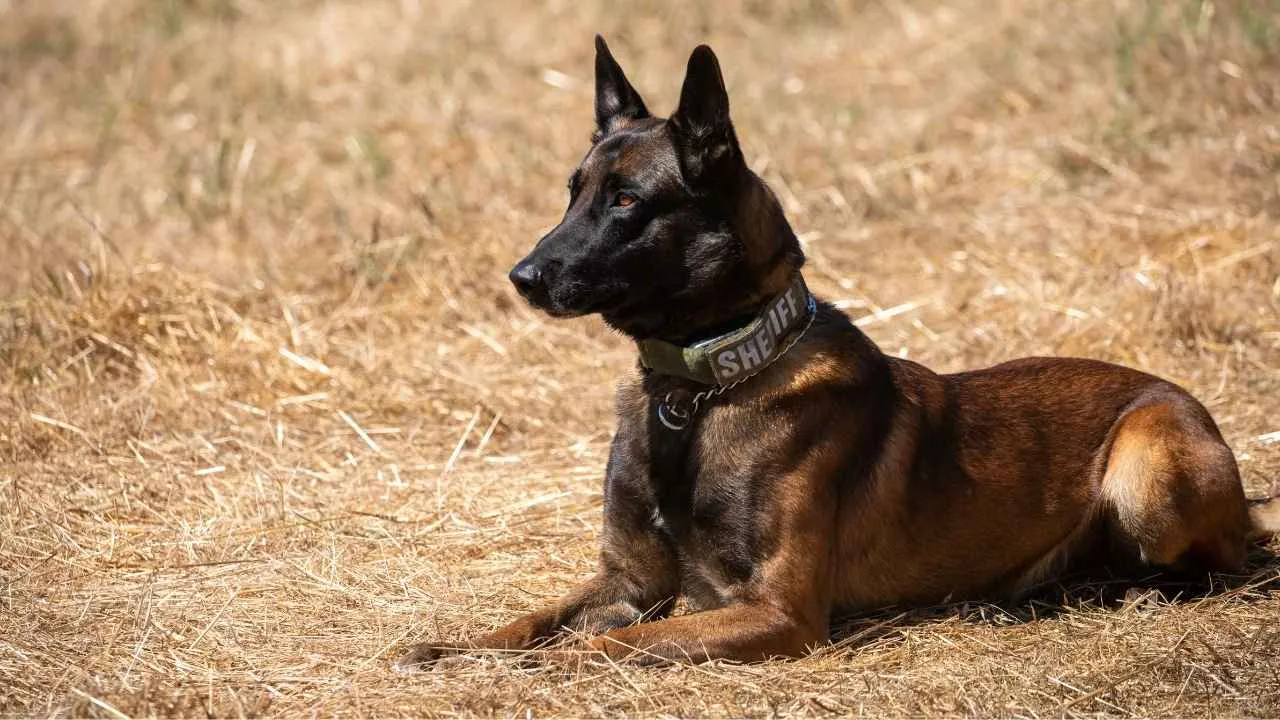
The Belgian Malinois was developed to manage livestock, and its sharp instincts still show in herding clubs today. This dog reads movement quickly and uses strong eye contact and posture to steer animals effectively. Its ability to anticipate shifts in the flock makes it a reliable partner for handlers.
Intelligence and Confidence
Recognized as one of the most confident and intelligent breeds, the Malinois thrives when given structured tasks. Herding clubs provide an outlet for their need to stay mentally engaged and physically active. Without work to focus on, these dogs can become easily restless and difficult to manage.
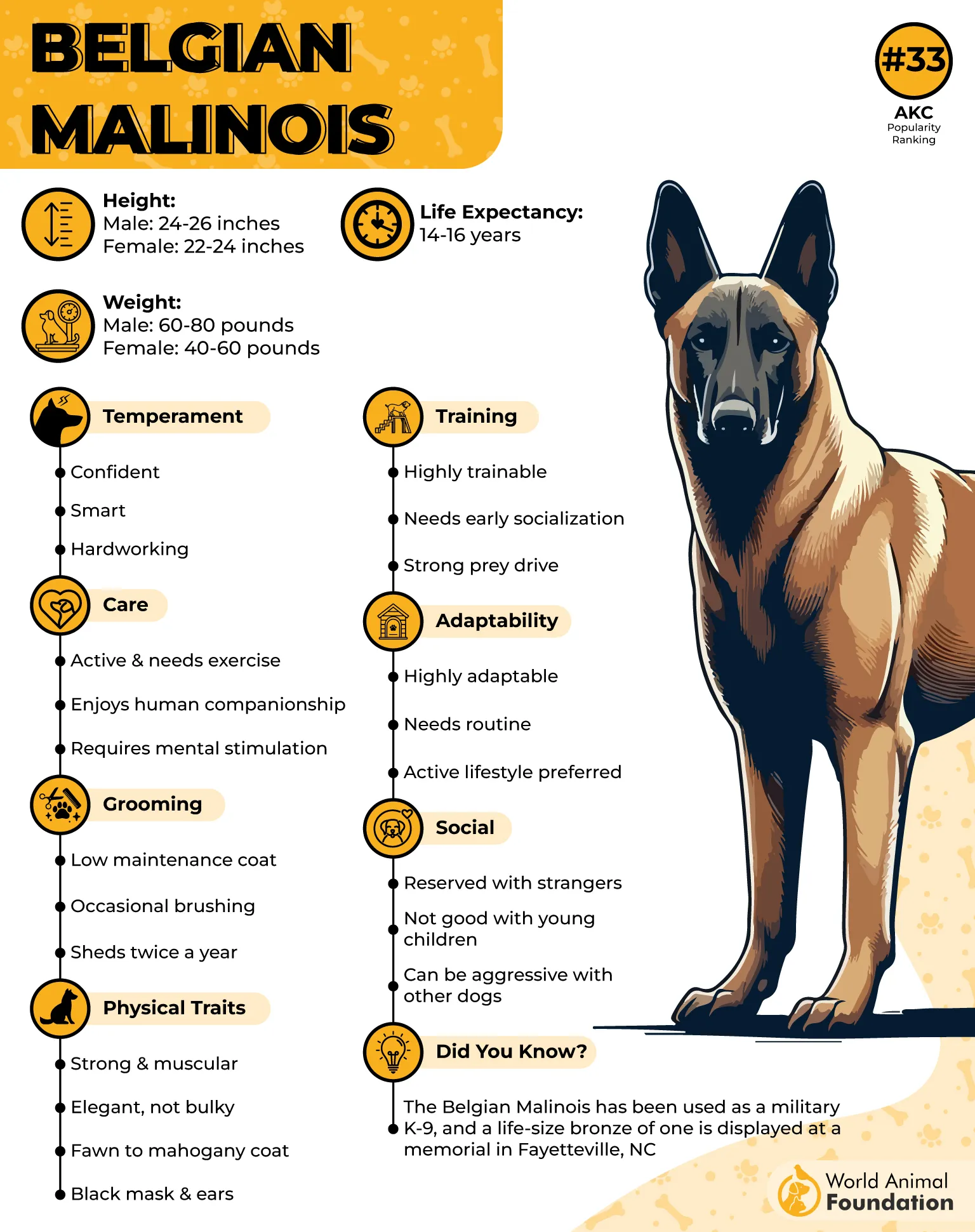
High Drive and Energy
This breed does best in homes where there is an experienced handler ready to commit to its energy level. It responds well to organized activities such as:
Agility courses
Tracking exercises
Obedience trials
Each challenge taps into the dog’s drive while keeping its focus balanced and productive.
Versatility Beyond Herding
While originally bred for guiding livestock, the Malinois has transitioned into roles such as police work, search and rescue, and detection services. These career shifts highlight its adaptability, but at the core, the breed still thrives in environments where consistent training and structure are present.
Conclusion
Herding breeds here highlight the brilliance of breeds shaped by centuries of work. From farm dog breeds with roots in rugged fields to modern companions mastering dog sports, their skills remain unmatched.
Many herding dogs still display the same instincts once used to protect livestock and guide flocks with precision. Whether herding cattle across vast pastures or competing in organized trials, these dogs thrive on both challenge and purpose.
Their mix of stamina, focus, and adaptability makes them treasured not just for work but also for the loyalty and trust they bring into homes and family life.


